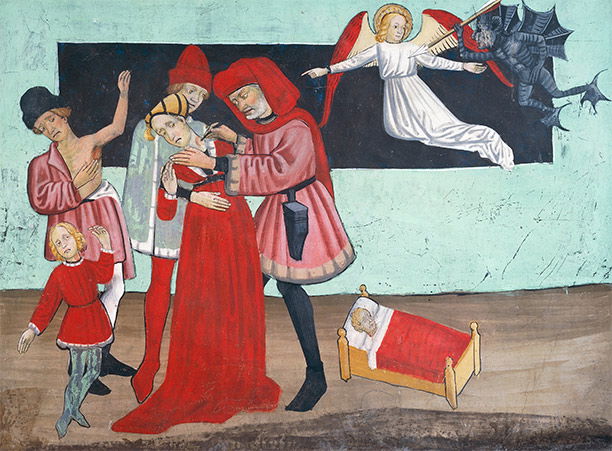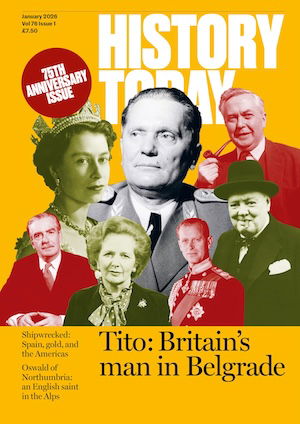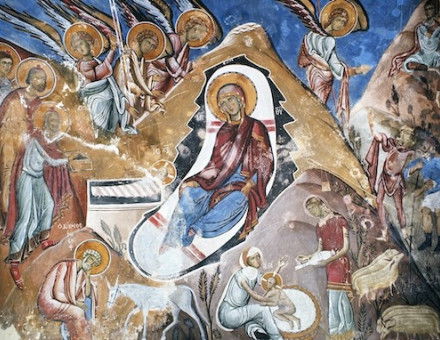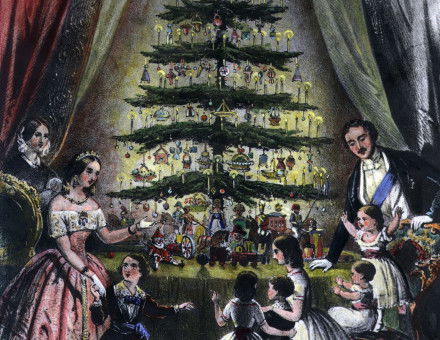Debating Death and Disease
John Henderson challenges received ideas on how medieval and early modern societies dealt with perils such as plague.

‘At every church they dug deep pits down to the water level; and thus those who were poor who died during the night were bundled up quickly and thrown into the pit; they then took some earth and shovelled it down on top of them; and later others were placed on top of them and then another layer of earth, just as one makes lasagne with layers of pasta and cheese.’
This quotation by Marco di Coppo Stefani, a chronicler who lived through the ravages of the Black Death in Florence in the summer of 1348, points to the drama created by the impact of the plague pandemic that engulfed Europe. It not only underlines the crisis for a major European city, generated by the death of tens of thousands of people, but also demonstrates how, even in recording such a profound crisis, a chronicler might evoke a homely, if provocative, image of lasagne.





